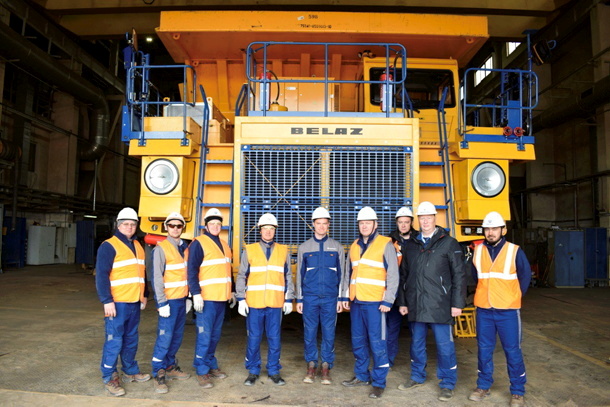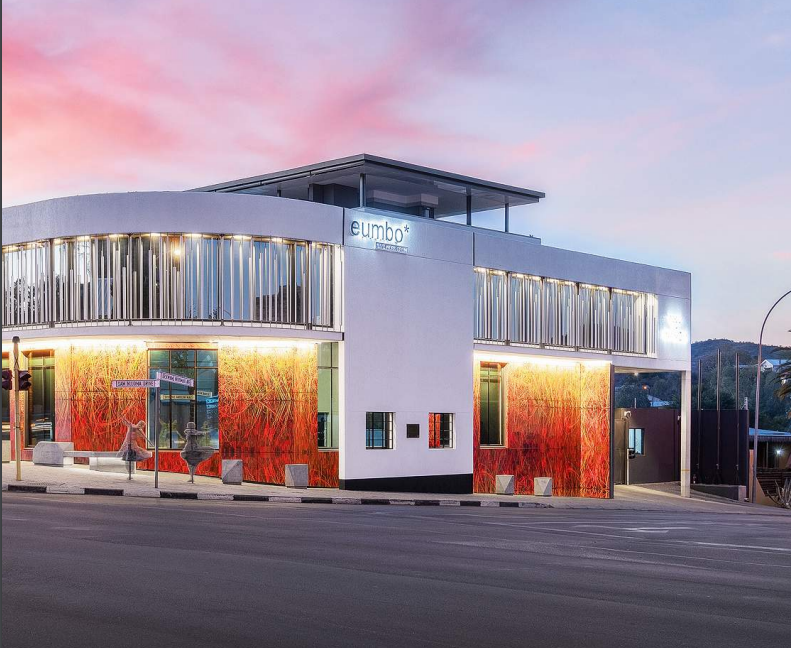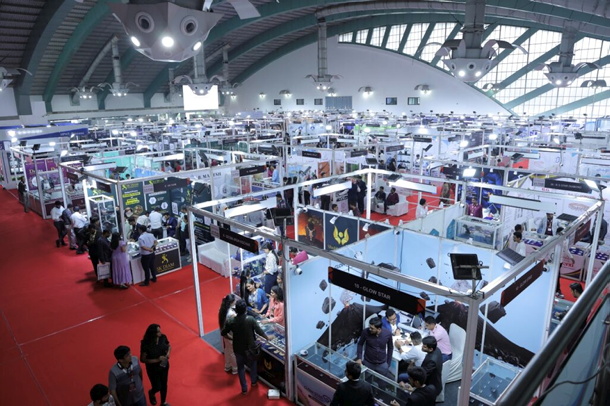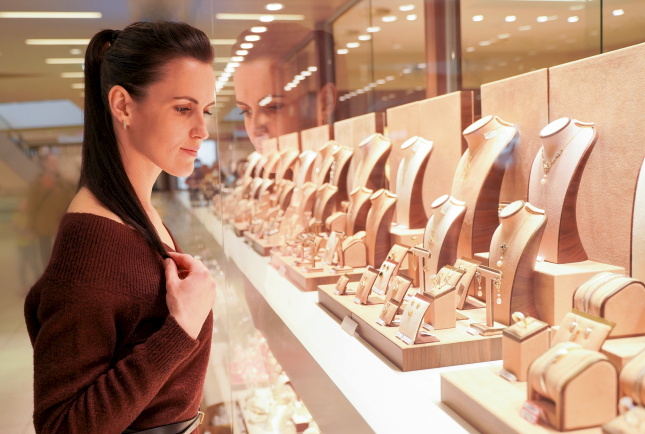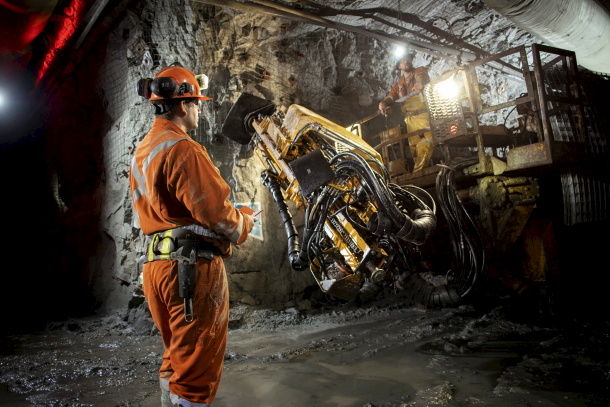
Hundreds of workers have been laid off at the loss-making Ekati diamond mine, in Canada’s Northwest Territories, as owners Burgundy say falling prices have made some of its operations “sub-economic”.
Open pit work at Point Lake kimberlite pipe has been suspended, although operations are continuing at the underground Misery mine 2km away.
Burgundy, the Australian miner that bought Ekati for $136m in 2023, said yesterday (Wednesday 16 July) that “several hundred employees and contractors” were affected, but did not provide an exact figure.
The company requested a trading halt on the Australian Securities Exchange ahead of the layoff announcement.
Workers reportedly learned of the job losses when rotation flights to the remote were cancelled on Wednesday morning – ahead of the actual announcement.
The job losses at Ekati follow layoffs elsewhere in diamond mining, notably the loss of several hundred more jobs at the state-owned Zimbabwe Consolidated Diamond Company (ZCDC).
Ekati, together with Canada’s two other mines – Diavik and Gahcho Kue – is facing the possibility of closure before the end of its lifetime because of dwindling prices. Diavik is due to close in 2029.
Diamond mining is key to NWT’s economy, representing over a quarter of its GDP, but miners have been hit hard by the downturn. Diavik mine lost CAD 127m (USD 94.6m) in 2024.
Source: IDEX





